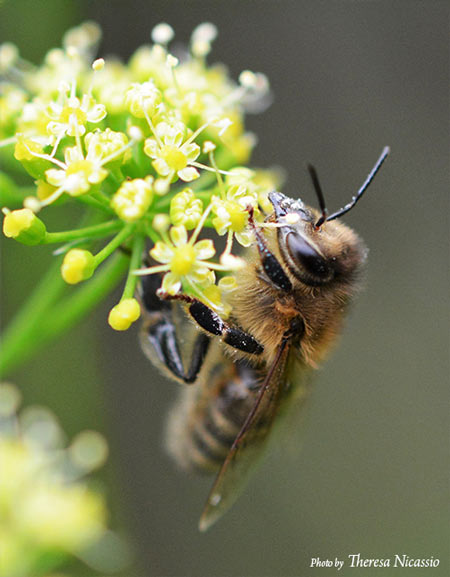Bees and the Environment
For information about our little pollinators and environmental implications, see:
Books
Pollination with Mason Bees:
A Gardener’s Guide to Managing Mason Bees for Fruit Production.
by Margriet Dogterom PhD (2009)
The Book of Kale and Friends:
14 Easy-to-Grow Superfoods with 130+ Recipes
Sharon Hanna and Carol Pope (2014)
The Dance Language and Orientation of Bees:
by Karl Von Frisch (1967)
Research
Di Prisco et al (2013). Neonicotinoid clothianidin adversely affects insect immunity and promotes replication of a viral pathogen in honey bees. Proc. Natl. Acad. Sci. USA. p18466.
Gill et al (2012). Combined pesticide exposure severely affects individual- and colony-level traits in bees. Nature. Vol 491, p. 105.
Hallman, et al (2014). Declines in insectivorous birds are associated with high neonicotinoid concentrations. Nature. Vol 511, p. 341.
Henry et al (2012). A common pesticide decreases foraging success and survival in honey bees. Science. Vol 336, No. 6079, p 348.
Whitehorn et al (2012). Neonicotinoid pesticide reduces bumble bee colony growth and queen production. Science. Vol 336, No. 6079, p 351.
Williamson & Wright (2013). Exposure to multiple cholinergic pesticides impairs olfactory learning and memory in honeybees J. Exp. Biol. May, p. 1799.


